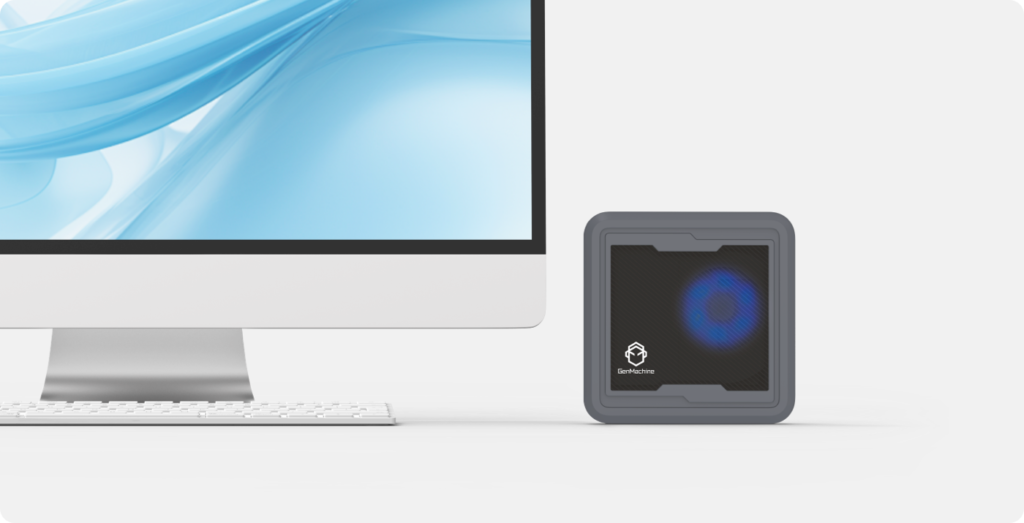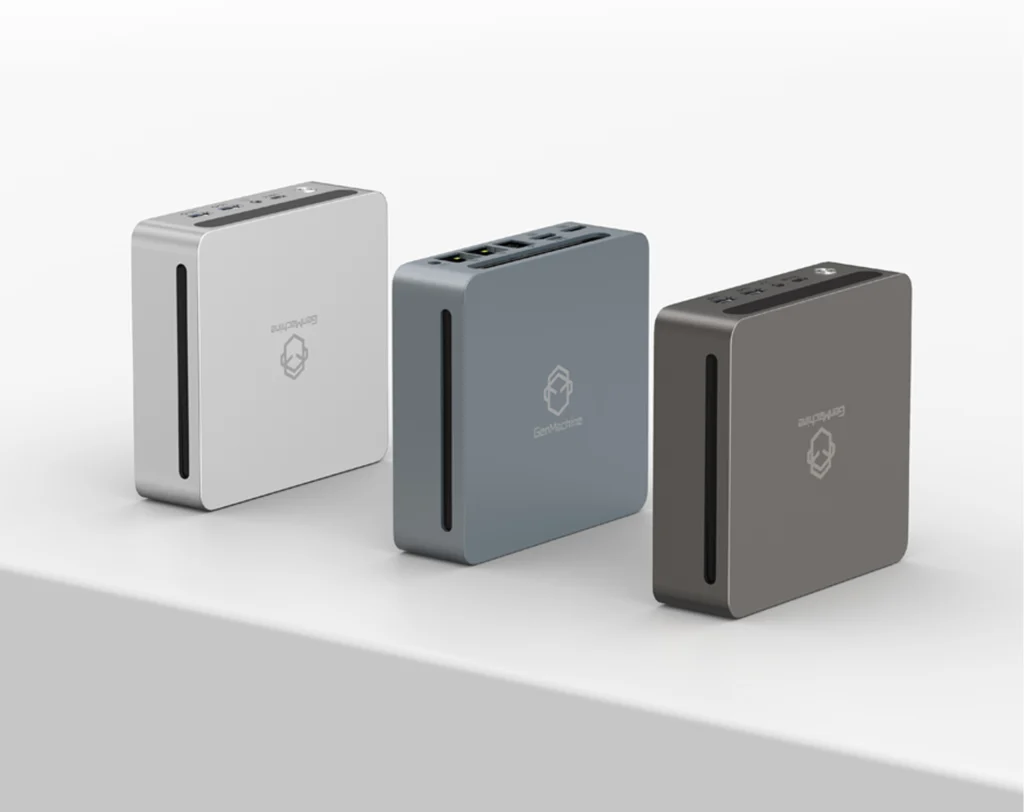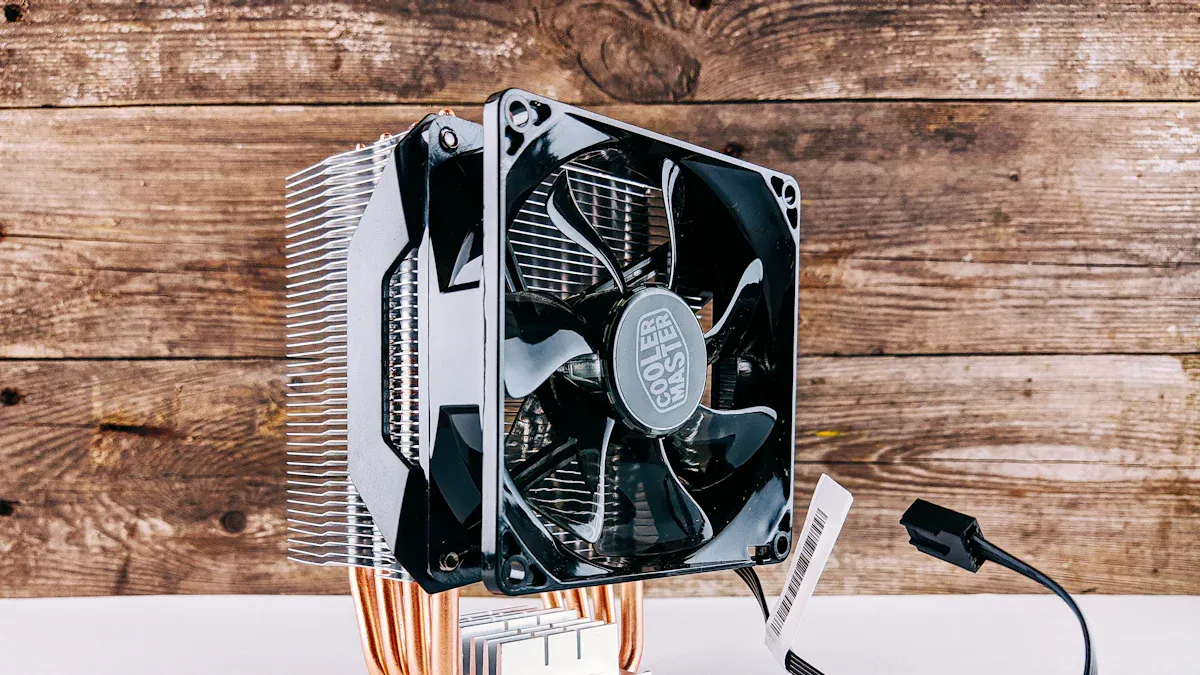Introduction
In today’s business and industrial environments, the mini PC has become a practical and space-saving solution for countless computing applications. From digital signage and industrial control to office operations and data management, compact PCs are now central to modern IT infrastructures. For business buyers and integrators, one of the most important considerations before deployment is the lifespan of a mini PC — how long it can deliver stable, reliable performance under continuous use.
This article explores the key factors that determine the longevity of mini PCs, how to extend their service life, and when businesses should consider replacement or upgrades.
Understanding the Lifespan of a Mini PC
What Does “Lifespan” Mean for a Mini PC?
In a B2B context, the term “lifespan” refers not only to the number of years a compact PC can operate but also to how consistently it performs within that period. For businesses, longevity means maintaining operational stability, minimizing downtime, and ensuring cost efficiency over time.
Unlike consumer desktop computers, powerful mini PCs for business use are often built to handle continuous workloads, tighter installation environments, and less maintenance intervention. Their design emphasizes durability, compact form factor, and long-term reliability to meet industrial and commercial demands.
Factors That Influence the Service Life
Several elements directly affect the mini PC lifespan:
- Operating environment — Heat, dust, humidity, and unstable power supply can all reduce component longevity.
- Build quality and design — Mini PCs with durable enclosures, efficient heat dissipation, and industrial-grade materials generally support longer uptime.
- Usage intensity — Devices used in automation or data collection often run continuously, which places higher stress on components.
- Maintenance and updates — Regular software patches and preventive care can significantly extend operational life.
For businesses seeking quieter working environments, For more information, see our article 5 Useful Ways to Reduce Noise from Your Mini PC. Proper thermal management not only reduces noise but also supports better hardware longevity.

How Mini PCs Support Long-Term Operations
Mini PCs in Continuous Operation
In corporate and industrial settings, tiny PCs are often expected to run 24/7 — powering factory systems, kiosks, control panels, and remote monitoring applications. These compact devices are valued for their energy efficiency, stability, and low maintenance, all of which contribute to long-term business continuity.
A well-designed industrial mini PC can serve as a reliable node in a distributed IT system, supporting critical tasks without occupying large physical space. Their fanless design and solid-state components also reduce wear and tear, improving durability in harsh or vibration-prone environments.
Maintenance and Upkeep for Extended Use
Just like any hardware in an enterprise network, mini PCs require structured maintenance planning. Regular updates, dust cleaning, and monitoring of operating temperature can extend service life and ensure continuous reliability.
Preventive maintenance is especially valuable for B2B users. It allows IT managers to identify early signs of component degradation before they affect productivity. In long-term deployment, combining system optimization with firmware management creates a more sustainable lifecycle for each unit in your mini PC fleet.
For system integrators and OEM partners, scheduling maintenance intervals and maintaining spare units can reduce potential downtime and safeguard operational stability.
When to Consider Replacement or Upgrades
Signs It’s Time to Refresh Your Mini PC Fleet
Even with consistent maintenance, there comes a time when a mini PC reaches the end of its useful life. Common signs include slower performance, reduced software compatibility, or hardware that no longer meets new operational requirements.
From a business perspective, hardware refresh cycles should align with performance expectations and productivity goals. By planning ahead, companies can avoid sudden system failures and ensure a smooth transition to upgraded units.
A strategic replacement plan also helps maintain a modern, efficient IT environment that supports emerging software and security demands.

Balancing Cost and Performance Over Time
When considering the total cost of ownership (TCO), a longer mini PC lifespan often means lower long-term expenses. Investing in reliable, high-quality mini PCs might have a higher upfront cost but leads to reduced maintenance and fewer replacements.
For B2B buyers, the key is to balance cost efficiency and performance longevity. Choosing a commercial-grade mini PC designed for industrial use ensures a more predictable return on investment. Over time, such systems contribute to greater productivity and less operational disruption — crucial for any business reliant on continuous computing.
Conclusion
The lifespan of a tiny PC depends on multiple factors — from design quality and usage environment to how well it’s maintained throughout its operational cycle. For enterprises and industrial users, understanding and managing this lifecycle is critical to achieving cost efficiency and uninterrupted productivity.
By choosing durable, reliable systems and implementing proactive maintenance strategies, businesses can extend the service life of their mini PCs and maximize return on investment.
Ultimately, a well-maintained compact PC solution is not just a piece of hardware — it’s a stable and sustainable foundation for long-term business computing.





